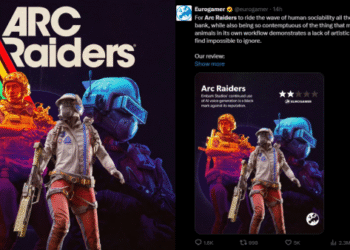Select Language:
Understanding user intent is crucial for creating content that resonates with your audience. By uncovering what users are looking for when they enter a search query, you can craft targeted content that meets their needs. Here’s a comprehensive guide on how to effectively research user intent.
What is User Intent?
User intent refers to the purpose behind a search query. It answers the question: "What does the user want to achieve?" Broadly, user intent can be categorized into three main types:
- Informational Intent: The user seeks knowledge or information about a topic.
- Navigational Intent: The user intends to find a specific website or page.
- Transactional Intent: The user wishes to make a purchase or complete an action.
Identifying User Intent
To tailor content to user intent, it’s essential to conduct thorough research. Here are key steps to help you identify user intent effectively.
Analyzing Search Queries
-
Keyword Research Tools: Utilize platforms like Google Keyword Planner, Ahrefs, or SEMrush to explore popular search terms related to your niche.
- Look for volume and competition indicators.
- Identify long-tail keywords that reveal specific user needs.
ADVERTISEMENT - Search Engine Results Page (SERP) Analysis: Review the first page of Google results for your target keywords.
- Examine the types of content that rank well: articles, videos, product pages, etc.
- Note the format and style that the top-ranking content employs.
User Surveys and Feedback
- Conduct Surveys: Create surveys or polls that directly ask your audience about their needs and preferences related to your niche.
- Collect Feedback: Use feedback forms or social media to gather insights from readers about what topics they want to learn about.
Content Types Based on User Intent
Understanding the user intent behind your keywords will guide you in crafting the appropriate type of content. Below are content types matched to user intent:
Informational Intent
- Blog Posts: Create in-depth articles that explore topics comprehensively.
- How-To Guides: Offer step-by-step instructions for completing tasks or understanding concepts.
- FAQs: Address common questions to provide quick answers.
Navigational Intent
- Landing Pages: Design pages that help users reach their desired destination with clear navigation.
- Brand-Specific Content: Create content focused on specific brands or products to assist users in finding exact matches.
Transactional Intent
- Product Pages: Develop detailed pages that highlight features, benefits, and pricing of products.
- Case Studies/Testimonials: Showcase real-life examples and reviews that encourage decision-making.
Tools for Researching User Intent
Several tools can streamline the process of researching user intent. Consider using the following:
- Google Trends: Analyze the popularity of search queries over time to identify shifting user interests.
- AnswerThePublic: Generate insights into user questions and phrases commonly associated with your keywords.
- BuzzSumo: Discover popular content within your niche and understand what resonates with users.
Competitive Analysis
Assess your competitors by examining their content strategies.
- Identify common themes and topics they cover.
- Analyze user engagement metrics such as shares, comments, and backlinks.
Testing and Refining Content Strategy
Once you have a solid understanding of user intent, it’s essential to continually test and refine your content strategy.
- A/B Testing: Experiment with different headlines, formats, and visuals to determine what works best for your audience.
- Analytics Review: Use tools like Google Analytics to track how content performs in terms of engagement and conversions.
By focusing on user intent and utilizing these strategies, you can create content that truly meets the needs of your audience, enhancing user experience and driving better results for your website.






